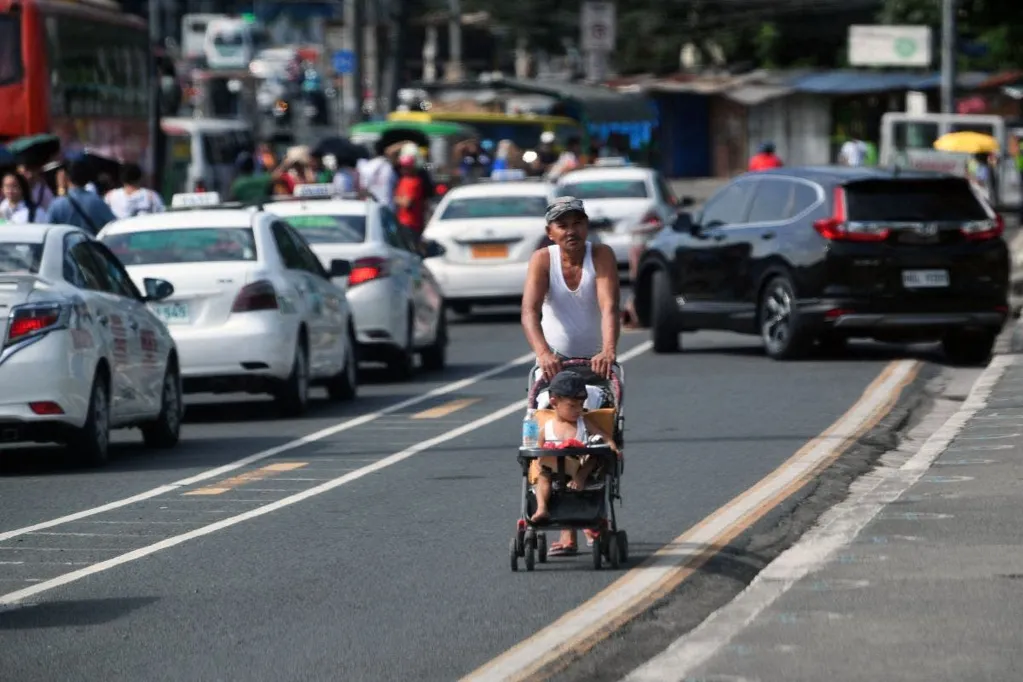The Philippines is entering a demographic juncture as slowing population growth coincides with a rising number of working-age and dependent individuals, a senior official said this week.
With a fertility rate of around 1.9 births per woman, the country of 116 million is now below the replacement level of 2.1 needed to sustain population growth. While many nations face a similar trend, the Philippines—one of Asia's youngest countries—grapples with these shifts while lacking the safety nets and health infrastructure that help cushion the blow in wealthier economies.
Newsweek reached out to the Philippine Department of Foreign Affairs by email with a request for comment outside of office hours.
Lolito Tacardon, deputy executive director for the Commission on Population and Development (CPD), said the country's growing workforce presents both an opportunity and a risk.
"If the government would be able to optimize them, they can positively contribute to economic development," Tacardon told reporters Thursday at a national conference on population, health, and education, as quoted by the Philippine Daily Inquirer.
But the challenge, he warned, is ensuring that younger Filipinos are not left behind due to poor job alignment or inadequate training.
"If the government fails to provide them with the necessary jobs or economic opportunities, then they will rely on the resources of the government," he said.
The official suggested that this short-term risk—of a poorly integrated youth workforce—may be more immediate than the slower-burning decline in fertility rates.
The country's annual population growth dropped to 0.8 percent between 2020 and 2024, compared to 1.6 percent from 2015 to 2020, according to last year's census. Statistics authority projections show the population aged 65 and older will comprise 7 percent of the total by 2030, the threshold at which demographers classify a country as "aging."
By contrast, countries such as Japan and South Korea have already become "super-aged" societies, with more than 20 percent of their populations aged 65 and above. Unlike those nations, the Philippines lags in health, education, and social infrastructure compared to its East Asian peers.
"What we're asking for is human capital development, but at the same time, it should be coupled with economic intervention, which is creating more jobs, creating more economic opportunities," Tacardon said. "This can't be addressed by one agency. All of them need to work together."
The Philippine Institute for Development Studies wrote in a 2023 study on the fertility trend: "Analyses indicate that the primary driver behind the country's fertility decline in the last 50 years is the enhancement of material measures of well-being, with marriage and contraceptive usage playing secondary roles.
"While raising female fertility may be possible, this will not likely go significantly above replacement levels. Population aging is an imminent reality for the Philippines."
